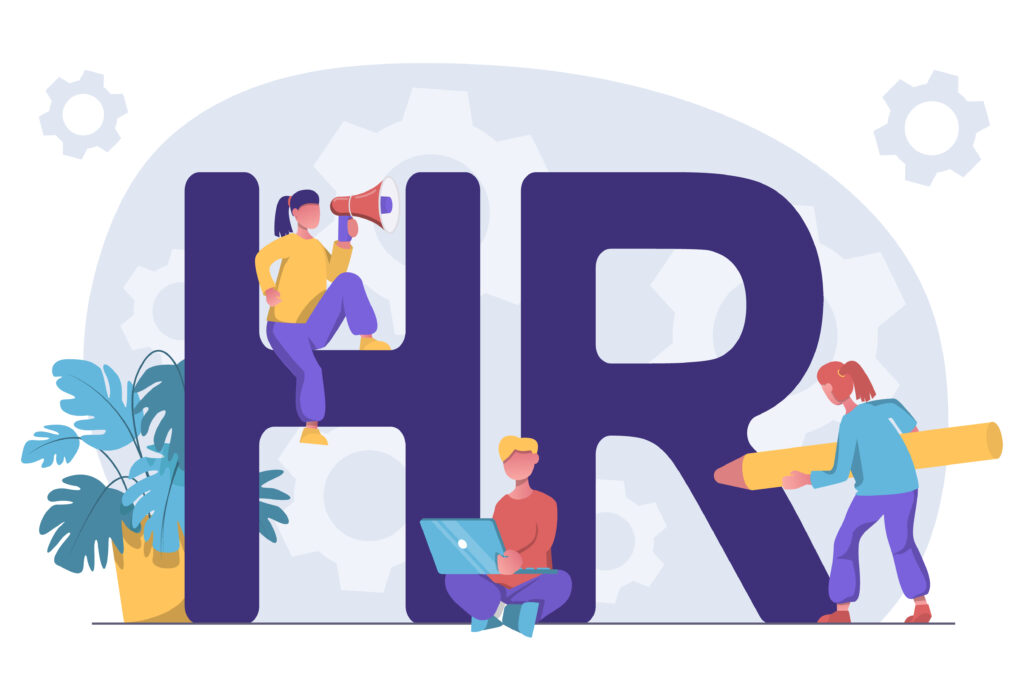As companies look to improve their employee retention rates and maximize the value of their human capital, crafting a successful onboarding strategy has become essential. A well-designed onboarding program can help new hires feel welcome, get up to speed quickly, and contribute to the organization’s success.
In this article, we’ll explore the 5 key components of a successful onboarding strategy, but before we delve into that, let’s discuss about the onboarding process.

What Does Onboarding look like?
Onboarding is the process of introducing new employees to a company and getting them acclimated to their new role. The specifics of the onboarding process can vary depending on the company, but here is a general overview of what onboarding typically looks like:
- Pre-boarding: Before the employee’s first day, the company may provide information about the company culture, policies, and expectations, as well as any necessary paperwork.
- Orientation: On the employee’s first day, they will typically attend an orientation session where they will receive an overview of the company and its culture, as well as any specific policies and procedures they need to know.
- Training: New employees will receive training on their specific role, including any software or tools they will need to use. This may include online courses, job shadowing, or in-person training sessions.
- Introduction to coworkers: The employee will be introduced to their coworkers, including their manager and team members. They may also be given a tour of the office and introduced to key personnel.
- Performance expectations: The employee’s manager will set performance expectations and provide feedback on their progress. This may include regular check-ins and performance reviews.
- Ongoing support: Onboarding does not end after the first few days or weeks. The company should continue to provide support to the employee as they get settled into their new role, including answering questions, providing feedback, and offering additional training or resources as needed.
Why Do You Need An Onboarding Strategy
When you start a new job, you want to feel welcomed, supported, and empowered to succeed. That’s where an onboarding strategy comes in. The purpose of an onboarding strategy is to help new employees get up to speed quickly and become fully integrated into the organization. This can be done through meetings, introductions and with the help of an internal knowledge base.
An effective onboarding strategy can help you understand your job responsibilities, the company culture, and the expectations for your role. It can also provide you with the training and resources you need to succeed – like an employee handbook, company emails etc – as well as opportunities to connect with colleagues and feel like a valued member of the team.
It is a crucial part of the HR onboarding process, which refers to the set of activities and procedures that organizations use to integrate new employees into the workplace. The onboarding process typically starts from the moment the new employee accepts the job offer and continues through their first few weeks on the job.
How Long Should An Onboarding Program Last?
When creating an onboarding program for your company, the length can vary depending on the organization and the role. However, it is generally recommended that onboarding lasts at least 90 days. This is because it takes time for new hires to acclimate to their new roles, the company culture, and to develop relationships with their colleagues. Your HR documentation should adequately provide instructions that address each step of the onboarding process.
During this 90-day period, new employees should have regular check-ins with their managers to ensure that they are on track and that any questions or concerns are addressed. This also gives the manager an opportunity to provide feedback and support as needed.
Of course, the length of the onboarding program may also depend on the complexity of the role and the level of experience of the new hire. For example, a new employee in a highly technical role may require more extensive training than someone in a more general administrative role.
Best Practices for Onboarding New Employees
There are several best practices that can help ensure a successful transition when it comes to onboarding new employees. Here are a few key tips to keep in mind:
Start early
Onboarding should begin as soon as the offer is accepted. This can include sending welcome emails, providing information about the company culture and values, and sharing relevant information about the role and expectations.
Provide clear guidance
New employees should have a clear understanding of their job responsibilities, performance expectations, and company policies and procedures. This information should be provided in a clear and concise manner.
Offer training and development
Providing new employees with the training and resources they need to be successful in their roles is critical. This can include job-specific training, as well as more general training on topics such as company culture, communication, and teamwork.
Foster a sense of community
Encouraging new employees to get to know their colleagues and feel like part of the team is important. This can be done through team-building activities, social events, and regular check-ins with managers.
Solicit and provide feedback
Feedback is essential for helping new employees improve and feel valued. Encourage transparency within your company by encouraging new hires to share their thoughts and feedback, and be sure to provide regular feedback and support as well.
Common Challenges When Onboarding New Employees
When companies onboard new employees, there can be several challenges they face, including the ones mentioned below:
- Limited resources: Some organizations may not have enough resources to provide comprehensive onboarding programs. This can result in a lack of training, mentorship, or other support that new hires need to succeed.
- Poor communication: Inadequate communication between HR, managers, and new hires can lead to confusion or misunderstandings about job responsibilities, company culture, or other important aspects of the job.
- Time constraints: Managers and HR may be under pressure to get new hires up to speed quickly, which can lead to a rushed onboarding process. This can result in information overload or a lack of attention to important details.
- Inconsistent onboarding: Different managers or departments may have their own onboarding processes, leading to inconsistent experiences for new hires. This can create confusion or frustration among new employees.
- Lack of engagement: If new hires don’t feel welcomed or included in the organization’s culture, they may not be motivated to contribute to its success. This can lead to disengagement, low morale, and high turnover rates.
5 Components of A Successful Onboarding Strategy
Set Clear Expectations
The first step in any successful onboarding strategy is setting clear expectations for new hires. This includes not only job responsibilities and performance metrics but also the company culture, values, and norms.
New employees should have a clear understanding of what is expected of them from the beginning to avoid confusion or miscommunication down the line.
Setting clear expectations can help new hires feel more confident in their roles and reduce anxiety about performance. It also helps align the new hire’s goals with those of the organization, making it easier for them to contribute to the company’s success.
Provide Adequate Training and Resources
The second key component of a successful onboarding strategy is providing new hires with adequate training and resources. This includes not only job-specific training but also general orientation to company policies, procedures, and systems. Providing access to resources such as training materials, job aids, and mentorship can also be helpful in ensuring that new employees are set up for success.
Adequate training and resources can help new hires feel more confident in their roles, reducing the likelihood of mistakes and increasing productivity. It also helps establish a culture of learning and development, encouraging employees to continually improve and grow in their roles.
Foster a Sense of Belonging
The third key component of a successful onboarding strategy is fostering a sense of belonging among new hires. This can be done by providing opportunities for socialization, team-building activities, and introductions to key stakeholders. By creating a sense of community and belonging, new hires are more likely to feel invested in the organization and motivated to contribute to its success.
Fostering a sense of belonging can improve employee morale and reduce turnover rates. It also helps new hires feel more comfortable asking questions and seeking feedback, leading to improved performance and better communication.
Solicit and Provide Feedback
The fourth key component of a successful onboarding strategy is soliciting and providing feedback. New hires should be encouraged to share their experiences and suggestions for improvement throughout the onboarding process. Regular check-ins and surveys can be useful in identifying areas for improvement and ensuring that new employees feel heard and valued.
Soliciting and providing feedback can improve communication and identify areas for improvement in the onboarding process. It also helps new hires feel more valued and invested in the organization, leading to improved performance and increased job satisfaction.
Continual Support and Development
The fifth and final key component of a successful onboarding strategy is continual support and development. Onboarding should not end after the first few weeks on the job. Rather, organizations should provide ongoing support and development opportunities to help new hires grow and succeed. This may include regular check-ins with managers, opportunities for training and development, and mentorship programs.
Continual support and development can improve employee retention rates and foster a culture of growth and learning. It also helps new hires feel more confident in their roles and more invested in the success of the organization.
Sum Up
In conclusion, a successful onboarding strategy is essential for maximizing the value of human capital and improving employee retention rates. By setting clear expectations, providing adequate training and resources, fostering a sense of belonging, soliciting and providing feedback, and providing continual support and development, organizations can set their new hires up for success.






